
7 Yoga Essential Equipment and Accessories You Must Have
#1 Yoga Blocks
Yoga blocks are used to help you go deeper into your stretches and poses while still maintaining proper alignment.
Translation: If you’re just starting, chances are you’re not going to be stretching in any direction. The blocks allow you to stretch to your limit.
Soft Wood Yoga Brick
#2 Yoga Straps
Yoga straps are similar to yoga blocks in that they assist with body alignment and ease into poses. This is particularly true for people who have tense muscles or are healing from an injury.
As your yoga practice progresses, you'll notice that preserving the structure of your poses is just as crucial as achieving the correct form. The strap helps in maintaining the structural alignment of your spine for the most part so you can fully realize your poses.
Yoga Stretch Belt
#3 Yoga Balls
The exercise ball is also used to strengthen and stretch your body, which improves core stability and balance. Yoga, as you've already discovered, is partially about balance, which the ball aids.
Simply using one as a chair helps you to balance yourself, thus improving posture and core strength. In fact, take any of your workouts and see if there is a way to incorporate a ball. It will take your exercise to the next level.
Yoga Exercise Ball - 65cm
#4 Yoga Pillow
Yoga pillows were designed with the idea to assist less flexible people, those recovering from injuries, or simply people who are new to the practice to achieve certain poses with ease.
A properly selected yoga pillow will provide ample support in the right places. It gives you that bit of a push you need to achieve better form and feel more comfortable during the workout session.
Bolster Yoga Cushion Pillow
#5 Yoga Mats
Many yoga mats are made from plant-based and recycled materials such as tree rubber and jute, and many are free of PVC and latex. Check to see if you're happy with the way the mat feels.
The mat should be long enough so that your hands and feet are both on the mat in poses like Downward Dog.
Vigorous practices like Ashtanga, Vinyasa, and Power Yoga may warrant a quarter-inch-thick mat so you don't get bruised. You can go with a thinner mat for more gentle classes or those done in a carpeted home.
Sugar Colour TPE Yoga Mat - 6mm
#6 Yoga Towels
Depending on your preferred style of yoga, you may end up sweating quite a bit during your practice. This can make your mat slick and dangerous, and you don't want sweat stinging your eyes when you're trying to concentrate and balance. This is where a good mat towel will help! To avoid slipping, some of these yoga towels have rubber nubs on the bottom.
A normal hand or beach towel would normally suffice to absorb sweat, but if you practice Ashtanga, Bikram, or Power Yoga, you may want to look into yoga-specific towels, which suit the entire length of your mat and are made of extra-absorbent, quick-drying material. This yoga towel from Manduka is ultra-lightweight and it's made with woven fibers that give you the soft, suede-like feel. You'll feel safe to perform your moves as you sweat because the fabric is slip-resistant.
Manduka eQua Mat Towel - Green Ash
#7 Clothing
Last but not least, you need comfortable, breathable yoga clothes that allow you to focus on the practice and not tug your waistband or chafing sleeve. Besides getting the right fit, avoid wearing items that are too big or revealing.
For ladies, watch out for tops that might drape extra low (or extra-wide at the armpit). And men, be aware of too-loose shorts and the potential for overexposure too.
Some yoga practices like Iyengar may ask that you wear clothes that don't conceal your shape (such as leggings and leotards), to ease the instructor to examine your alignment.
Simultaneously, avoid wearing clothing that is too tight or restrictive because yoga movement requires you to switch postures. Remember that you want to be able to switch freely between positions.
Stretchable, moisture-wicking sports bra and leggings should let you move your body freely while feeling dry and cool throughout the session.
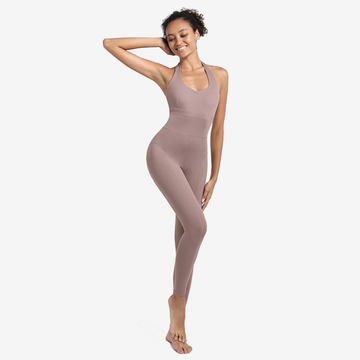
JagaBall Daily Yoga Open Back Bodysuit
Read related stories:
The 9 Most Popular Yoga Types And What To Wear For Every Yoga Class

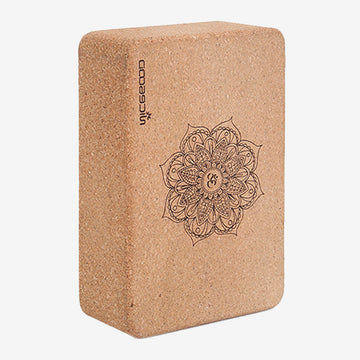
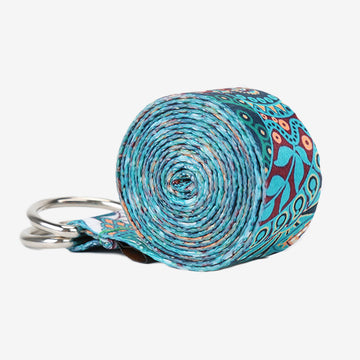
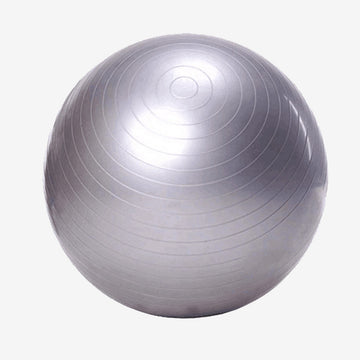
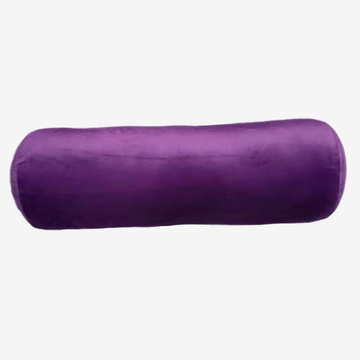
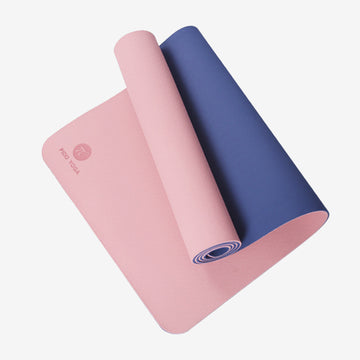

Leave a comment